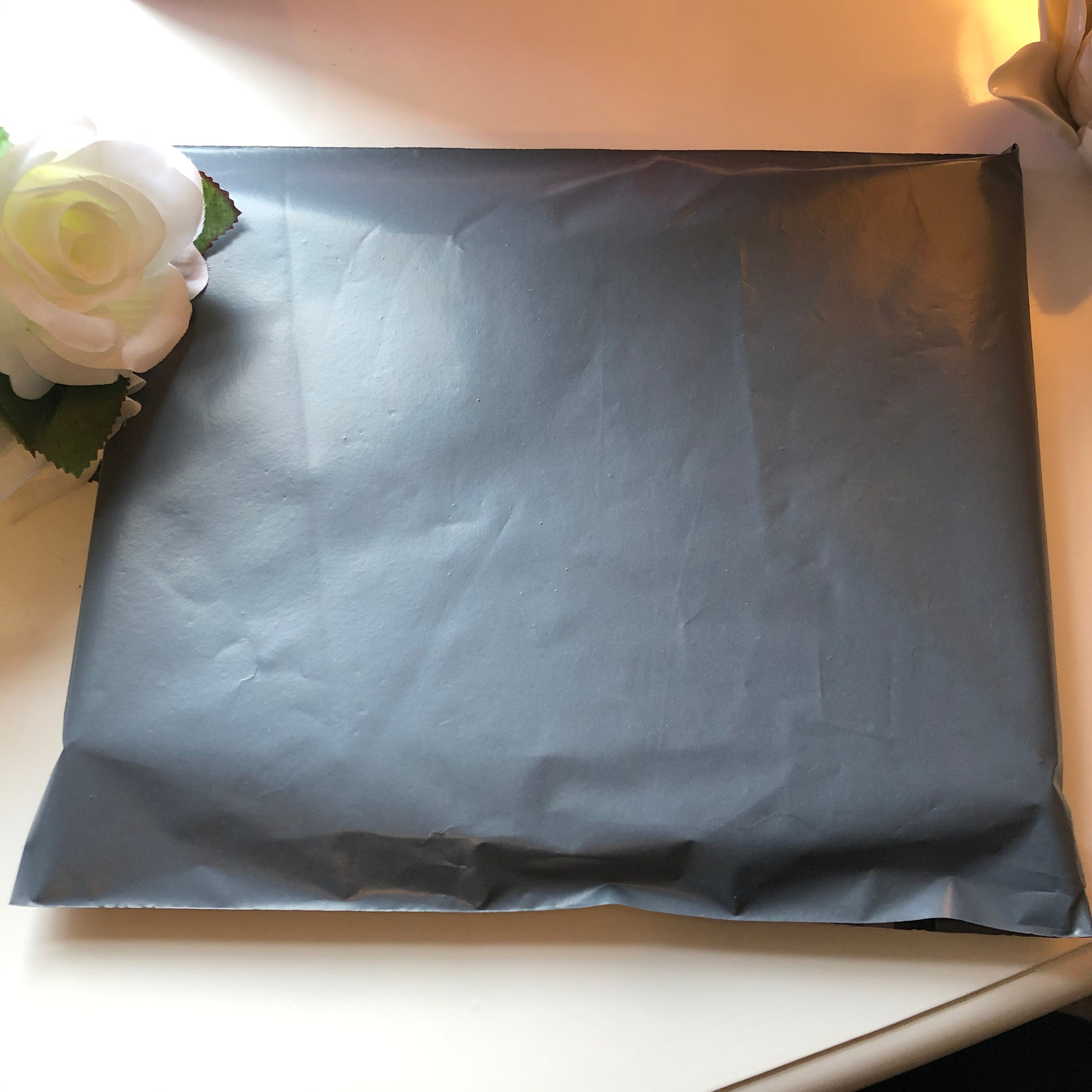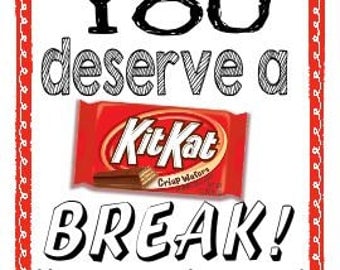
tea break, known as ‘elevenses’ in British workplaces. Originally, the line indicated the customary 11 a.m. A year later, it was included in the brand’s first television commercials, and it has since become a fixture of the chocolate bar’s marketing campaigns.


The agency’s Donald Gilles wrote the line ‘Have a Kit Kat,’ in May 1957. The idea of linking the Kit Kat bar with the enjoyment of a short break from the working day began to grow during JWT’s early engagement with the brand. The Kit-Cat Club had gathered regularly in a tavern on Shire Lane in London, hosted by innkeeper Christopher Catling, better known to his friends as ‘Kit Cat.’ Many years later, the snappy title fit with JWTs attempts to shift away from Rowntree’s other products’ longer, more literal names. The Kit Kat name was registered by Rowntree’s in 1911, But its origins date back much further, to the name of an early 18th-century debate group. The tagline warned that there would be ‘No More Chocolate Crisp Until After The War,’ but it only lasted until 1949, when it was relaunched as the full-fledged Kit Kat and its blue packaging was replaced with red. Afraid of upsetting a devoted following (the product was inspired by an employee’s proposal that the company create “a chocolate bar that a man could take to work”), the company released a new bar in a blue wrapper bearing the name Kit-Kat.

Due to wartime food shortages, Rowntree’s of York was compelled to change the recipe of its Chocolate Crisp bar in 1941.


 0 kommentar(er)
0 kommentar(er)
